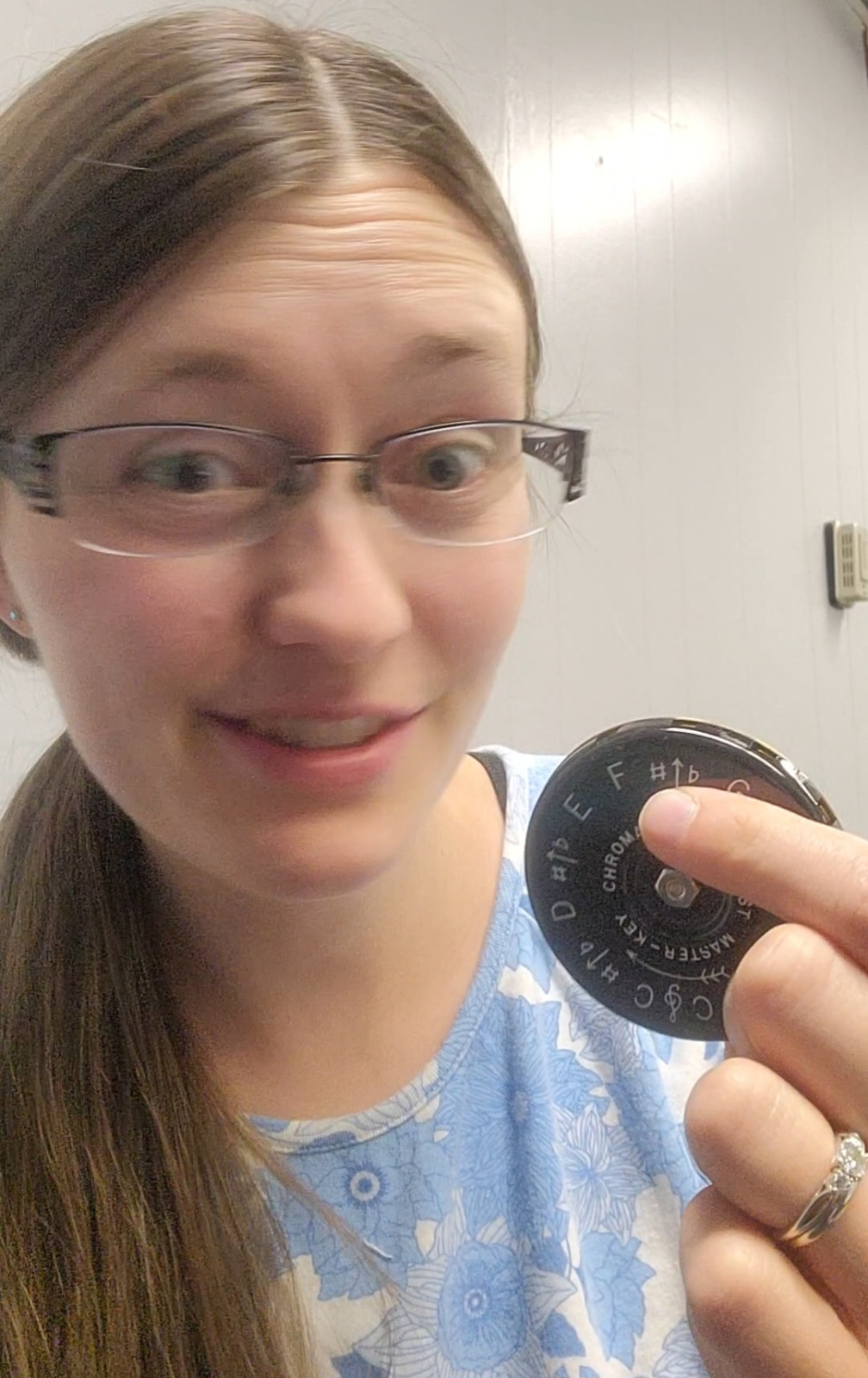
1. Leverage Multiple Free Cloud Storage Services
- Google Drive:
- Offers 15GB of free storage.
- Integrates seamlessly with Google Docs, Sheets, and Slides, making it easy to organize lesson plans alongside your videos.
- MEGA:
- Provides 20GB of free storage.
- Known for its strong encryption features, making it a secure choice for sensitive materials.
- pCloud:
- Starts with 10GB, expandable to 20GB through referrals.
- Offers a user-friendly interface and allows you to stream audio and video directly from the cloud.
- Icedrive:
- Offers 10GB of free storage.
- Features a modern interface and allows for easy file sharing with students.
- Koofr:
- Provides another 10GB of free space.
- Supports integration with other cloud services like Dropbox and Google Drive, allowing for centralized access.
2. Optimize Your File Storage
- Compress Video Files:
- Use tools like HandBrake or VLC Media Player to reduce file sizes without sacrificing quality. Aim for formats like MP4 (H.264) for optimal balance between size and quality.
- Choose Efficient Audio Formats:
- Convert recordings to MP3 or AAC formats, which are significantly smaller than WAV or FLAC files. This can save substantial space while retaining good audio quality.
- Organize and Clean Up Regularly:
- Set a schedule (e.g., monthly) to review your files. Delete duplicates, outdated lessons, or recordings that no longer serve your teaching objectives.
3. Utilize YouTube for Video Storage
- Upload as Unlisted or Private:
- This keeps your videos accessible only to those you share them with, ensuring privacy while still allowing easy access for students.
- Create Playlists:
- Organize your content by topic (e.g., "Beginner Guitar Lessons," "Advanced Piano Techniques") or instrument, making it easy for students to find relevant materials.
4. Incorporate External Drive Storage
- Choose the Right Type:
- Portable Drives: Great for on-the-go access; consider options like the WD My Passport (up to 5TB) or Seagate Expansion Portable Drive.
- Desktop Drives: Ideal for stationary use, offering larger capacities at lower costs (e.g., WD My Book can go up to 22TB). These drives are perfect for archiving extensive video libraries.
- Backup Important Files:
- Regularly transfer important recordings and videos to an external drive as a backup solution. Consider setting up automatic backups using software like Acronis True Image or Windows Backup.
5. Archive Older Content
- Store Current Projects in the Cloud:
- Keep frequently accessed files on cloud services for easy sharing and access during lessons or practice sessions.
- Move Older Files to External Drives:
- Regularly archive less frequently used content to external drives. Consider categorizing by year or semester to streamline retrieval if needed in the future.
6. Maximize Free Trials and Promotions
- Take advantage of these offers to temporarily increase your storage capacity. Services like Dropbox often provide additional space when you refer friends or complete specific tasks.
- Look out for seasonal promotions that may provide additional free space, especially around back-to-school seasons or holidays.
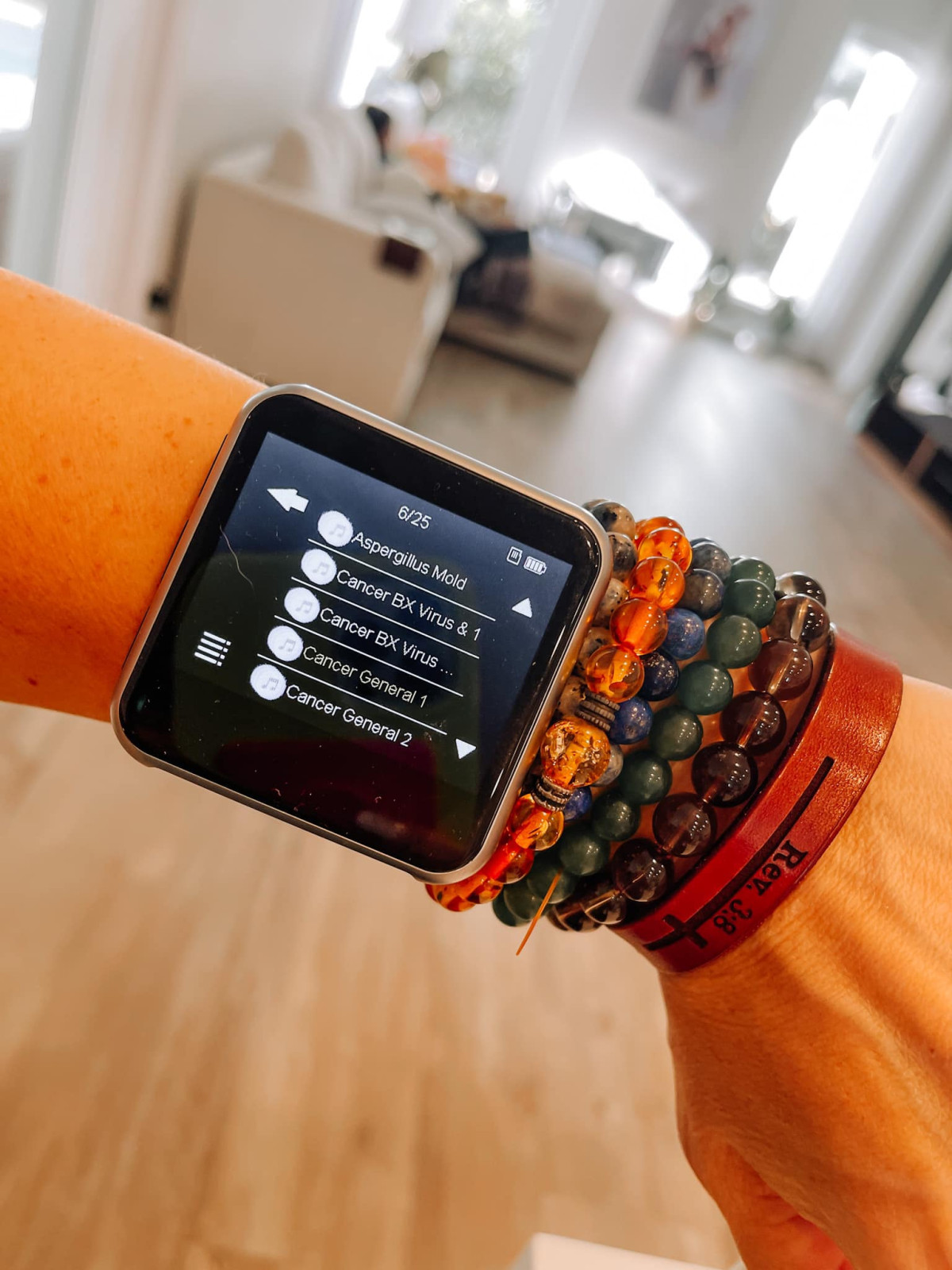
Staying Healthy at the Start of the School Year
Personalized Frequency Benefits for Educators
- Morning Energy Boost: Use the "System Boost" frequency before school to increase alertness and productivity.
- Lunchtime Relaxation: Apply the "Relaxation" frequency during breaks to reset and recharge.
- After-School Stress Relief: Utilize the "Stress" frequency to unwind after a long day of teaching.
- Evening Wind-Down: Employ the "Better Sleep" frequency to improve sleep quality and prepare for the next day.
User-Friendly Design for Busy Teachers
Enhancing Mental and Emotional Well-Being
- Pre-Meeting Calm: Use the "Mental Clarity" frequency before parent-teacher conferences or staff meetings.
- Emotional Balance: Apply the "Emotions" frequency when dealing with challenging student behaviors.
- Focus Enhancement: Utilize the "Improved Focus" setting while creating lesson plans or grading assignments.
Cost-Effective Solution for Educators
Practical Integration into Teaching Routines
- Classroom Management: Use the "Balance" frequency to maintain composure during hectic classroom moments.
- Professional Development: Apply the "Mental Clarity" setting during workshops or training sessions to enhance learning and retention.
- Collaborative Planning: Utilize the "Improved Focus" frequency during team meetings to boost productivity and creativity.
- Self-Care Breaks: Employ the "Relaxation" or "Detox" frequencies during short breaks between classes to rejuvenate quickly.
Supporting Physical Health
- Voice Strain Relief: Use the device's frequencies to support vocal cord recovery after long periods of speaking.
- Posture Improvement: Apply specific frequencies to alleviate discomfort from prolonged standing or sitting.
- Immune System Support: Utilize the "System Boost" frequency to help maintain overall health during cold and flu season.
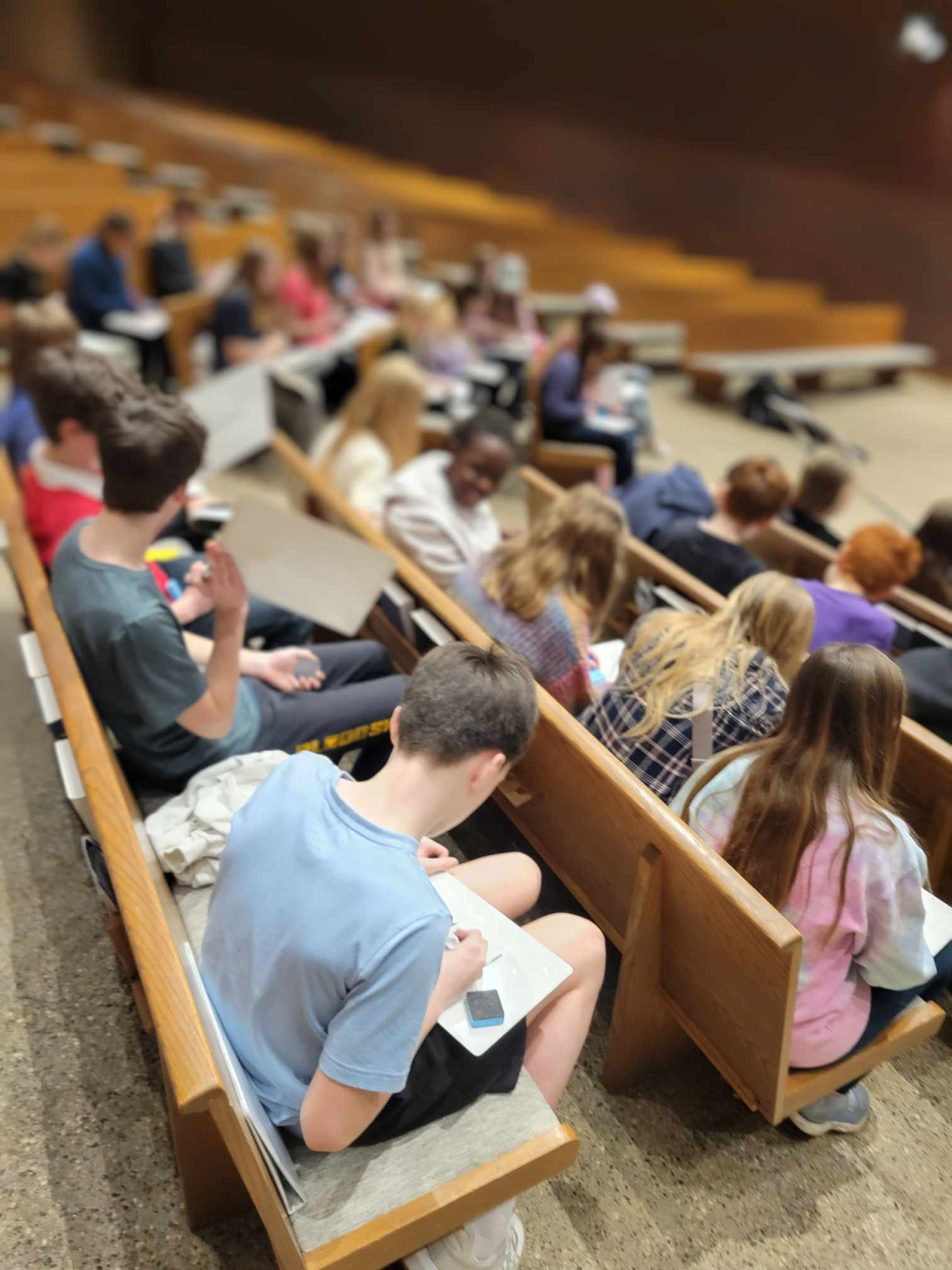
Rotating Turns: A Balanced Approach
1. Plan Your Activities Well
- Solos During Echo Songs or Tonal Patterns: Encourage students to sing back a short echo for a warm-up, call and response or echo song, or tonal pattern (if you use Conversational Solfege). In this way, you can truly have every student sing a solo (one line of the echo song) even in large classes and it takes less than 3 minutes!
- Instrumental Rotations: Utilize an instrument for a beat-keeping activity that holds attention (a loud one you don't use often is good for this because you only take out one at a time!). Each student takes a turn playing that instrument to the steady beat while the class speaks or sings a rhyme or simple song to the beat that student set the tempo with. You get to assess that student's steady beat! And each student eventually gets a turn with the special instrument. Pro tip: write down the student's assessment score (referencing a rubric if needed) to check off that they got a turn.
2. Divide and Conquer
- Session 1: Begin with every student doing the echo or beat keeping on their lap together. Ensure that they can confidently do it as a group.
- Session 2: Begin with confident students/students you know will be a good model of what you are wanting to accomplish if they are new at this. Take requests of who wants to go next or follow a predescribed pattern like "go around the circle."
- Session 3-4: Complete with the remaining students, ensuring everyone has had a chance to participate.
Keeping Track: The Importance of Documentation
1. Use a Turn Tracker
2. Assess and Reflect
Building Connections: The Power of Individual Attention
1. Personalized Feedback
2. Foster a Supportive Environment

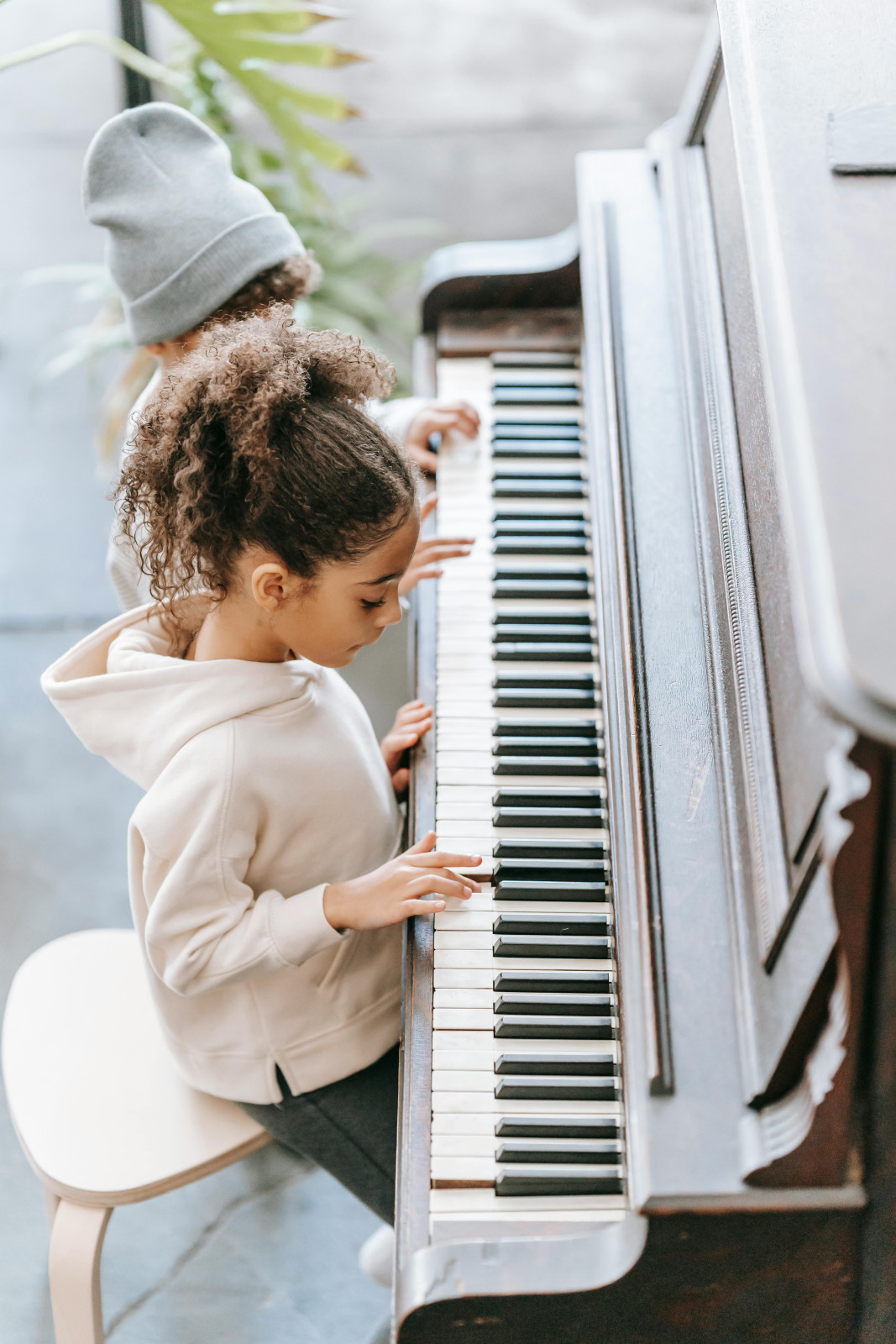
- Embrace Your Role as a Guide: Your musical journey with your children begins by understanding that you don't need to be a virtuoso. Think of yourself as a guide, introducing your children to the world of music, helping them explore different genres and exposing them to new songs, providing support and encouragement and showing them you are learning along the way with them.
- Start with the Basics: Begin by laying a solid foundation in music theory, covering essential elements such as rhythm, melody, and harmony. Engage your children with interactive games, fun songs, and hands-on activities to make learning enjoyable and effective. Don't know where to begin with that? Check out the Classical Collective Membership for resources.
- Make Use of Resources: Leverage the wealth of resources available online to support music education at home. From interactive tutorials and educational apps to lessons and community music groups, there's something for every age and skill level. These resources can enrich your children's learning experience and provide valuable support for you as a parent-teacher.
- Encourage Creativity: Nurture your children's creative expression through music by encouraging them to compose their own songs, experiment with different instruments, and even craft homemade musical instruments from household items. Emphasize the joy of exploration and self-expression, fostering a love for music that goes beyond rote learning.
- Lead by Example: Set a positive example for your children by actively engaging with music in your daily life, showing them you are also a lifelong learner! Listen to a variety of musical genres together, sing and dance, read them songtales, attend live performances, and demonstrate that music is something to be enjoyed and celebrated as a family together.
- Be Patient and Persistent: Above all, remember that learning music is a journey that requires patience and persistence. Celebrate your children's progress, no matter how small, and encourage them to persevere through challenges. By fostering a supportive and nurturing environment, you can inspire a lifelong passion for music in your children.
Teaching music at home can be a rewarding experience for both you and your children, regardless of your musical background. By embracing your role as a guide, starting with the basics, utilizing resources, encouraging creativity, leading by example, and maintaining patience and persistence, you can instill a lifelong love of music in your children and grow your own skill and confidence along the way. So, don't hesitate to start this musical adventure together and discover the joy of making music at home!
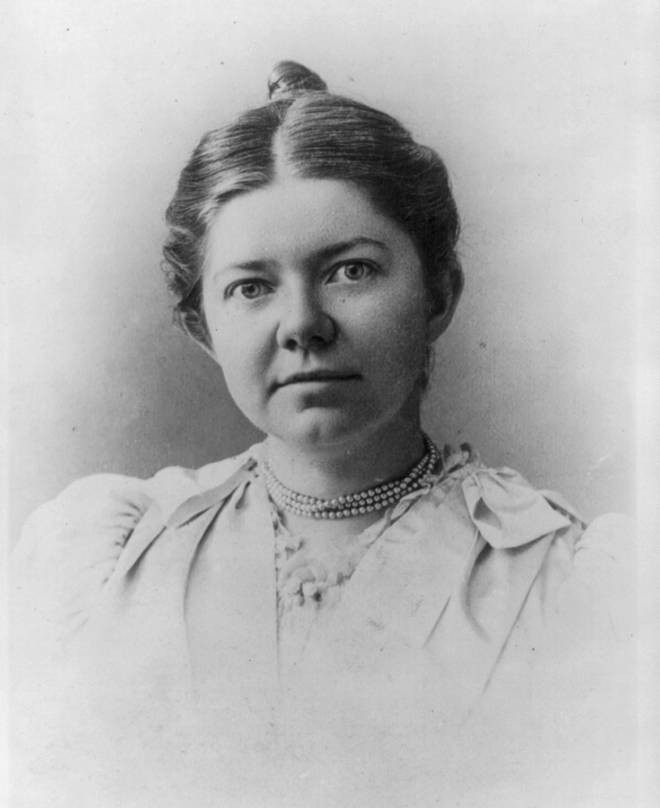


- Is organized. They have their materials (music folder and pencil) and come prepared to rehearsal if they were given a practice assignment.
- Works hard. They use our time well during rehearsal.
- Stays focused. He or she does not distract others during class but pays attention to what page we are on.
- Helps others. If their neighbor doesn't know what page we are on or where I am at, they help them find their spot without causing others to get distracted.
- Tells the story of the piece of music. They express emotions when they sing, making the audience feel happy, sad, or excited based on what we are singing. They use a smile or engaged face to draw the audience in!
- Follow the leader. They follow their conductor's directions really well. It's important for everyone to listen and work together as a team!
- Are curious! Mystery musicians are always learning. Their goal is to become even better singers! There is always something new to learn or discover.

